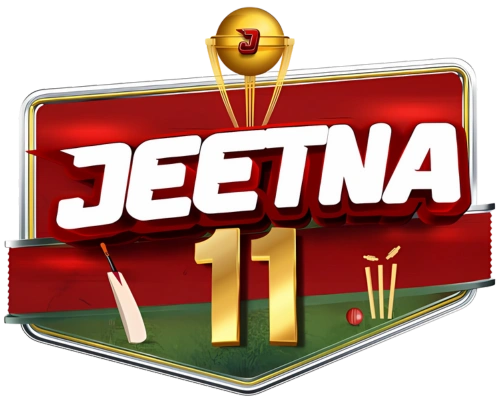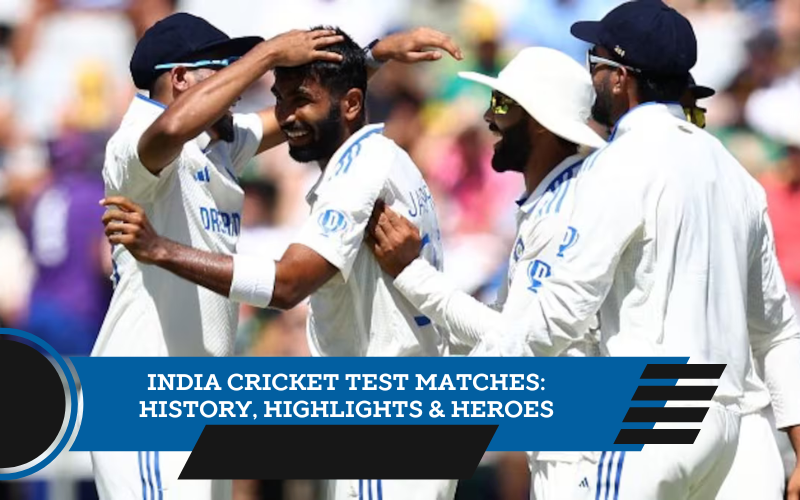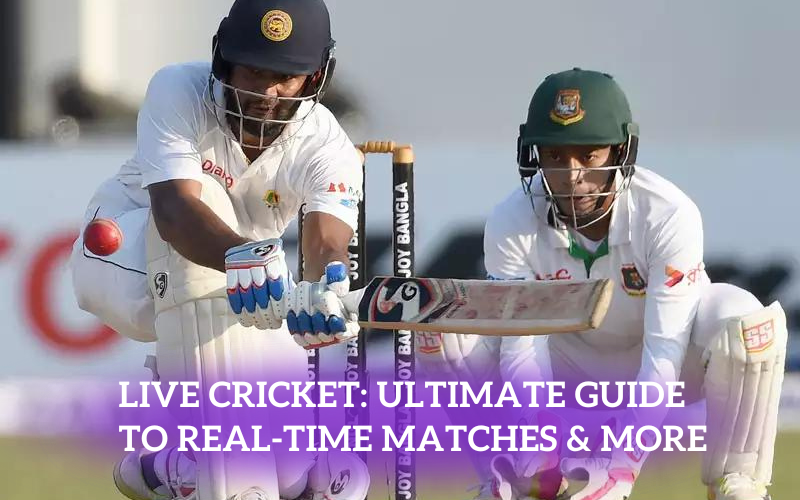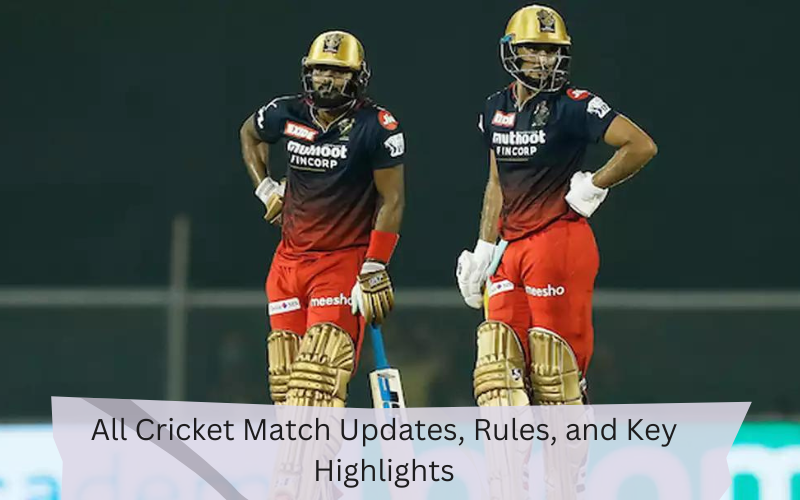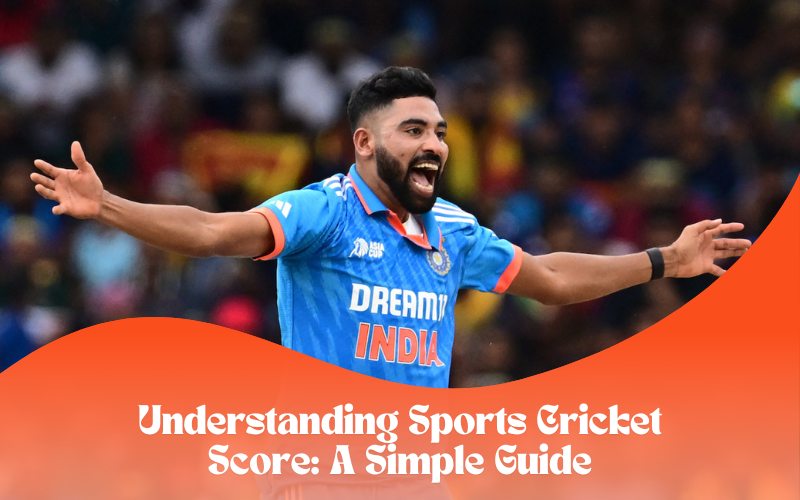Cricket is more than just a sport in India; it’s a passion that unites millions of fans across the country. Among the different formats of cricket, the Test match holds a special place in the hearts of Indian cricket enthusiasts. This article will explore everything you need to know about India cricket Test matches, from their history and significance to key players and memorable moments.
What is a Test Match?
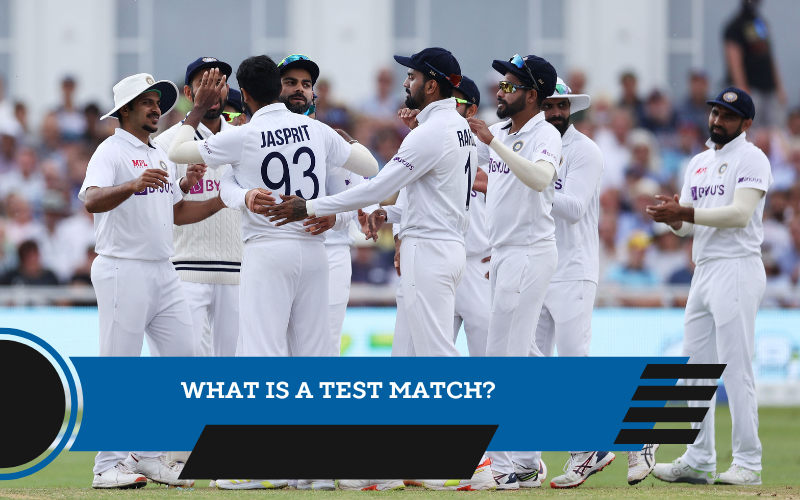
A Test match is a format of cricket that lasts up to five days, with each day comprising about six hours of play. Unlike shorter formats like One Day Internationals (ODIs) or Twenty20 (T20) matches, Test cricket is known for its traditional and strategic depth. Each team gets two innings to score runs, and the team with the most runs at the end of the match wins. The format tests players’ skills, endurance, and strategy, making it a challenging and thrilling experience for both players and fans.
The History of Test Cricket in India
India’s journey in Test cricket began in 1932, when the Indian cricket team played its first Test match against England at Lord’s in London. This historic match marked the beginning of India’s participation in the longer format of the game. The team has since evolved from being an underdog to becoming one of the strongest sides in world cricket.
How India Cricket Test Matches Are Played
In a typical India cricket Test match, the game is played over five days with each day divided into three sessions. The team that wins the toss gets to choose whether to bat or bowl first. Here’s a simple breakdown of how a Test match is played:
- First Innings: The team that bats first aims to score as many runs as possible before getting all its batsmen out. The opposing team then tries to dismiss them and limit the runs scored.
- Second Innings: After the first innings is completed, the second innings begins. The roles are reversed; the team that batted first now bowls, and vice versa.
- Third and Fourth Innings: The process repeats with each team getting another chance to bat and bowl. The aim is to outscore the opponent within the allotted five days.
- Result: The team with the most runs at the end of the match wins. If both teams are unable to complete their innings or the match ends in a draw due to weather or other conditions, the match is declared a draw.
The Impact of India Cricket Test Matches on Players
Playing in Test matches is a significant milestone for cricketers. For Indian players, representing the country in Test cricket is often seen as the pinnacle of their career. Test matches offer a platform to showcase their skills and contribute to their team’s success over a prolonged period. Players such as Sachin Tendulkar, Sunil Gavaskar, and Rahul Dravid have made remarkable contributions to Indian cricket through their performances in Test matches.
Notable Indian Test Cricketers
Over the years, India has produced several legendary Test cricketers. Some of the notable names include:
- Sachin Tendulkar: Often referred to as the “Little Master,” Tendulkar holds numerous records in Test cricket, including the most runs scored in Test matches.
- Sunil Gavaskar: Known for his exceptional batting technique, Gavaskar was one of the first Indian players to gain international recognition in Test cricket.
- Rahul Dravid: Nicknamed “The Wall” for his solid defensive technique, Dravid has been a key player for India in many Test matches.
The Future of India Cricket Test Matches
The future of India cricket Test matches looks promising. With young talents emerging and the increasing focus on developing grassroots cricket, the Indian team is expected to remain competitive in Test cricket. The Indian cricket board, BCCI, continues to invest in infrastructure and player development to ensure that the team performs well on the international stage.
Challenges Facing India Cricket Test Matches
Despite its rich history and passionate fan base, Test cricket in India faces several challenges:
Competition from Shorter Formats
With the growing popularity of T20 cricket, which offers a faster-paced and more entertaining experience, Test cricket sometimes struggles to attract the same level of attention.
Weather Conditions
India’s diverse climate can affect Test matches, with extreme heat and humidity posing challenges for players and impacting the quality of the game.
Player Fatigue
The demanding nature of Test cricket, with matches lasting up to five days, can lead to player fatigue. Managing player workloads is crucial to maintaining performance and avoiding injuries.
See more: Latest Sports News Cricket India Updates & Highlights
Conclusion
India cricket Test matches are a cornerstone of the sport in India, offering a blend of tradition, skill, and endurance. From their historic beginnings to the present day, Test matches continue to capture the imagination of fans and players alike. With a rich history of memorable moments and legendary players, Test cricket remains an integral part of India’s cricketing landscape. As the sport continues to evolve, the passion for Test matches among Indian fans will undoubtedly endure, making each game an exciting chapter in the ongoing story of Indian cricket.
